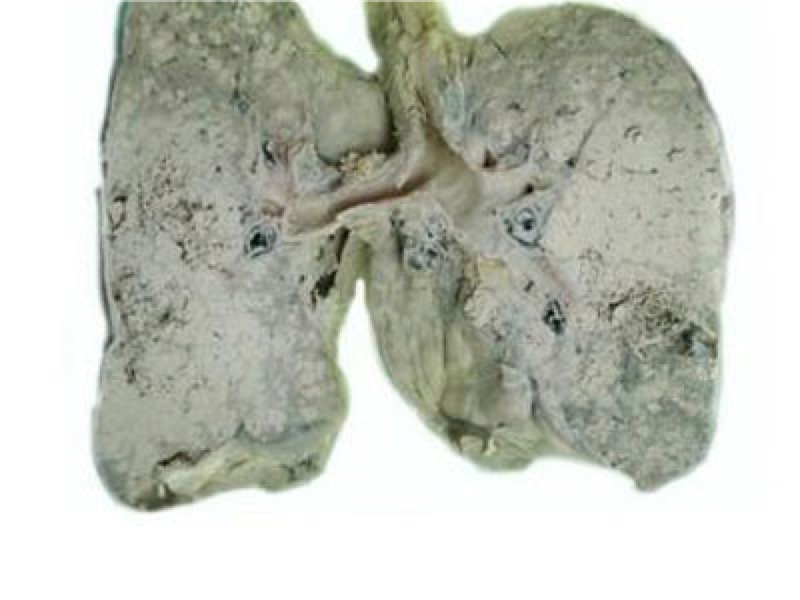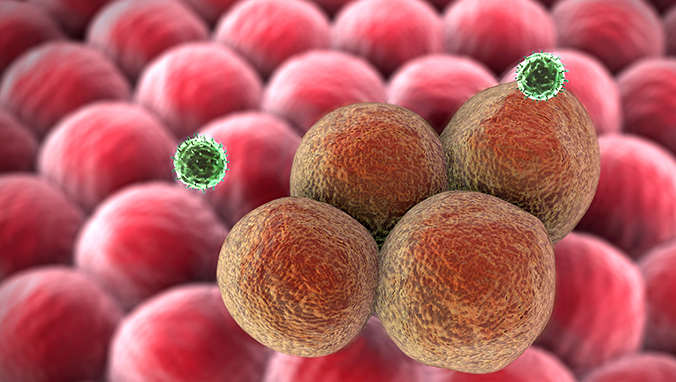The best chemotherapy for cervical cancer
What is the best chemotherapy for cervical cancer? Gynecological tumors are a major disease that threatens the health of women, and everyone needs to do a good job in daily life. Cervical cancer is one of the common malignant tumors. The harm is huge. If not treated in time can endanger life, what is the best chemotherapy for cervical cancer?

Cervical cancer is the most common gynecological malignant tumor. The high incidence of carcinoma in situ is 30 to 35 years old, and invasive cancer is 45 to 55 years old In recent years, the incidence has become younger. The widespread application of cervical cytology screening in recent decades has enabled cervical cancer and precancerous lesions to be detected and treated early, and the incidence and mortality of cervical cancer have decreased significantly.
Chemotherapy is mainly used for patients with advanced or relapsed metastasis. In recent years, surgery combined with preoperative neoadjuvant chemotherapy (intravenous or arterial infusion chemotherapy) has also been used to shrink tumor lesions and control subclinical metastasis. It is also used to increase radiotherapy. Min. Commonly used chemotherapy drugs are cisplatin, carboplatin, paclitaxel, bleomycin, ifosfamide, fluorouracil and so on.
In recent years, chemotherapy has been used as an adjuvant treatment for surgery or radiotherapy to treat large local tumors. Generally, combined chemotherapy is used. Commonly used effective drugs are JIN platinum (DDP), carboplatin (CBP), and ring Phosphoramide (CTX), ifosfamide (IFO), 5-Fu, BLM, mitomycin (MMC), vincristine (VCR), etc., among which DDP has a better effect. The chemotherapy route can be intravenous or interventional chemotherapy.
Hydration the day before chemotherapy can protect kidney function. Cimetidine was used to protect the gastric mucosa, and ondansetron was routinely infused during chemotherapy to reduce chemotherapy-related vomiting. Bleomycin is an antibiotic that can generate free radicals and destroy DNA. It is a non-specific cell cycle drug and should be used with caution in patients with pulmonary insufficiency.
Vincristine is a cytotoxic agent that can inhibit the synthesis of RNA and lipids, can block cells in M phase, is a M phase cycle-specific drug, it can be selectively concentrated in tumor tissues and nerves Cells, so neurotoxicity is greater. Cisplatin can combine with DNA to form a cross-chain, destroy DNA function, hinder its replication, and last for a long time. It is a non-cyclic drug. Cisplatin needs to be prepared with saline, and large doses of cisplatin need to be hydrated to protect kidney function.
Cervical cancer is preventable, popularize cancer prevention knowledge, carry out sexual hygiene education, and promote late marriage and childbearing. Pay attention to high-risk factors and high-risk groups, and seek medical treatment in time if you have abnormal symptoms. Early detection and diagnosis of cervical intraepithelial neoplasia, blocking cervical cancer. Carry out cervical cancer screening to achieve early detection, early diagnosis, and early treatment.
Related Articles

- Early symptoms of lung cancer
- 2020-12-17

- Early Signs of Bladder Cancer
- What are the early symptoms of bladder cancer?
- 2020-12-17

- Is metastatic carcinoma easy to metastasize
- Once the cancer has metastasized, it will be very difficult to cure, because many people have lost their lives because of the emergence of cancer, so most people think that cancer is an un
- 2020-08-02

- What does microinfiltrating adenocarcinoma mean?
- Microinfiltrating adenocarcinoma is a type of lung cancer. The reason why it is called microinfiltration means that there is less infiltration around it, which means that it is in the early
- 2020-08-01

- How long can non-small cell adenocarcinoma live
- Adenocarcinoma is one of the most common malignant tumors in the world. Non-small cell adenocarcinoma accounts for about 80% of all adenocarcinomas. About 75% of patients are in the middle
- 2020-08-01

- Hand cancer
- Finger cancer generally refers to the appearance of skin cancer, which is characterized by local cauliflower-like skin and easy bleeding. Finger skin cancer is mostly a malignant tumor that
- 2020-08-01
